Plaques Alzheimer
Alzheimer’s disease overview Alzheimer’s disease (AD) is a neurodegenerative disease that causes brain cell death This progressive disease, which causes a distinct pattern of pathological.
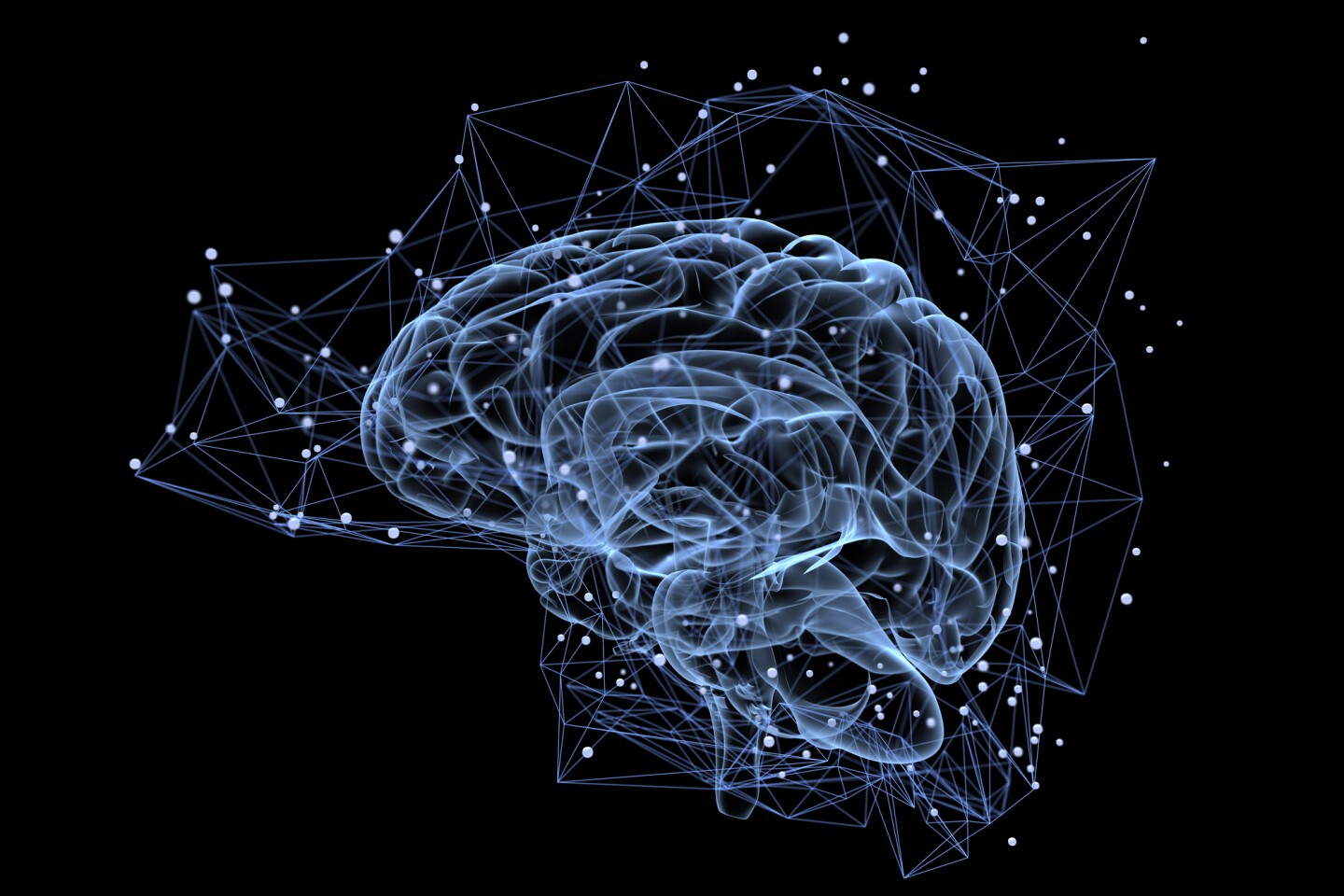
Plaques alzheimer. Alzheimer’s disease causes degeneration and death of a person’s brain cells, meaning a sufferer will slowly and progressively lose their memory 1) Amyloid Plaques Our body keeps on producing protein fragments as part of its normal function These protein 2) Neurofibrillary Tangles. Many lines of evidence support that βamyloid (Aβ) peptides play an important role in Alzheimer's disease (AD), the most common cause of dementia But despite much effort the molecular mechanisms of how Aβ contributes to AD remain unclear While Aβ is generated from its precursor protein throughout. The brains of people living with Alzheimer's are riddled with plaques protein aggregates consisting mainly of amyloid beta Despite decades of research, the real contribution of these plaques to.
The deposition of amyloid βpeptide (Aβ) in amyloid plaques is one of the histopathological hallmark lesions of Alzheimer’s disease (AD) together with neurofibrillary tangles (NFTs) Neuritic plaques represent a subset of the Aβ plaques characterized by the presence of dystrophic neurites in the plaques that can be stained with antibodies against abnormal τprotein 11, 18, 35, 51, 70. In Alzheimer's disease, the fragments accumulate to form hard, insoluble plaques plaques between nerve cells (neurons) in the brain Amyloid is a general term for protein fragments that the body produces normally Beta amyloid is a fragment of a protein snipped from another protein called amyloid precursor protein (APP). Learn what Alzheimer’s disease does to the brain, including plaque formation, cell death, lost connections, and brain inflammation and shrinkage.
1 Age Age is the single most important risk factor in Alzheimer’s disease The older someone is, the more beta amyloid 2 Genetic defects Alzheimer’s disease is a multifactorial disease and genetics play some important. Even before symptoms develop, the brains of people with early Alzheimer's disease have high levels of amyloid protein plaques, a new study reveals. This suggested that subtle Alzheimer’srelated effects might appear far earlier than plaques or memory loss do Now, Shatz wondered whether eliminating PirB from the Alzheimer’s mouse strain could restore that flexibility So her team bred the Alzheimer’sgenescarrying strain with the PirBlacking strain to create hybrids.
Aβ is the focus in the fight against Alzheimer's disease A central approach in the search for a cure is dissolving the plaques in the patients' brains "Early diagnosis of Alzheimer's disease is. These form when Alzheimer’s disrupts the brain’s normal disposal process for the proteins, eventually impacting cognitive function Neurofibrillary tangles are the buildup of tau protein within healthy neurons. However, they are found at much higher levels in the brains of Alzheimer's patients.
Diabetes increases neuritic damage around amyloid plaques in Alzheimer's disease University of Eastern Finland Research News Share Print EMail New research from the University of Eastern. Amyloid Plaques One of the hallmarks of Alzheimer's disease is the accumulation of amyloid plaques between nerve cells (neurons) in the brain Amyloid is a general term for protein fragments that the body produces normally Beta amyloid is a fragment of a protein snipped from another protein called amyloid precursor protein (APP). Amyloid plaques are extracellular deposits of the amyloid beta protein mainly in the grey matter of the brain Degenerative neuronal elements and an abundance of microglia and astrocytes can be associated with amyloid plaques Some plaques occur in the brain as a result of senescence, but large numbers of plaques and neurofibrillary tangles are characteristic features of Alzheimer's disease Abnormal neurites in amyloid plaques are tortuous, often swollen axons and dendrites The neurites contai.
Feb 6, 08 The formation of brain plaque may be the first step toward Alzheimer's disease, and it can happen within a day, new research shows That finding, reported in tomorrow's edition of. Alzheimer's causes a decline in the ability to make reasonable decisions and judgments in everyday situations For example, a person may make poor or uncharacteristic choices in social interactions or wear clothes that are inappropriate for the weather Plaques Betaamyloid is a fragment of a larger protein When these fragments cluster. After six to 12 months of treatment with the drug, patients who received the drug no longer had amyloid protein plaques that are hallmarks of Alzheimer disease, said Dr Skovronsky.
Knowledge for the fight against Alzheimer’s disease Aβ is the focus in the fight against Alzheimer’s disease A central approach in the search for a cure is dissolving the plaques in the patients’ brains “Early diagnosis of Alzheimer’s disease is crucial to prevent Aβ from causing irreparable damage in the brain,” says Dominik. Investigators said current therapeutic approaches for Alzheimer’s focus on the major pathological hallmarks of the disease, the plaques and tangles Indeed, these factors are the pathological. Plaques are a characteristic sign of Alzheimer's disease Strategies aimed at betaamyloid include Recruiting the immune system Several drugs — known as monoclonal antibodies — may prevent betaamyloid from clumping into plaques or remove betaamyloid plaques that have formed and help the body clear the betaamyloid from the brain.
Alzheimer’s disease overview Alzheimer’s disease (AD) is a neurodegenerative disease that causes brain cell death This progressive disease, which causes a distinct pattern of pathological. In Alzheimer’s disease patients, the protein amyloidbeta (Aβ) clumps up in the brain to form socalled fibrils This has a toxic effect on the surrounding nerve cells It is believed that immune cells compact the Aβ fibrils into what are known as plaques. In the Alzheimer’s brain, abnormal levels of this naturally occurring protein clump together to form plaques that collect between neurons and disrupt cell function Research is ongoing to better understand how, and at what stage of the disease, the various forms of betaamyloid influence Alzheimer’s.
How Can Plaques and Tangles Be Prevented?. As plaques and tangles spread from the hippocampus to the cerebral cortex, behavior, reasoning and language start to fade, too This degradation continues until patients can no longer perform basic bodily functions, like eating and swallowing The result is ultimately death As of now, treatments for Alzheimer’s are limited. Amyloid Plaques and Tau Tangles are believed to be the two molecules responsible for the brain damage associated with Alzheimer's disease Both Plaques and Tangles are present in the brains of individuals without Alzheimer's;.
Alzheimer's disease has been identified as a protein misfolding disease (proteopathy), caused by plaque accumulation of abnormally folded amyloid beta protein and tau protein in the brain Plaques are made up of small peptides , 39–43 amino acids in length, called amyloid beta (A β ). Alzheimer's disease is a neurodegenerative condition that is characterized by the buildup of clumps of betaamyloid protein in the brain Exactly what causes these clumps, known as plaques, and. Aβ is the focus in the fight against Alzheimer's disease A central approach in the search for a cure is dissolving the plaques in the patients' brains "Early diagnosis of Alzheimer's disease is crucial to prevent Aβ from causing irreparable damage in the brain," says Dominik Röhr Promising medications are currently undergoing approval.
Alzheimer's disease (AD), also referred to simply as Alzheimer's, is a neurodegenerative disease that usually starts slowly and gradually worsens over time It is the cause of 60–70% of cases of dementia The most common early symptom is difficulty in remembering recent events As the disease advances, symptoms can include problems with language, disorientation (including easily getting lost. Senile plaque is one of the most prominent pathological hallmarks of Alzheimer's disease (AD) However, the mechanism governing the generation of senile plaques remains a mystery. Alzheimer Plaques Prävention als wichtiger Forschungsansatz 3 Beugen Sie dem geistigen Abbau vor Alzheimer Plaques (auch Amyloid Plaques) sind eine der Hauptmerkmale der Alzheimerkrankheit Bei Amyloid handelt es sich um ein stark verändertes Protein, dass sich als die sogenannten Alzheimer Plaques (Ablagerungen) an der Außenseite von.
Aug 4, 04 Early removal of plaque in the brain is the key to treating Alzheimer's disease, mouse studies suggest That's easier said than done, although several antiplaque treatments are. However, they are found at much higher levels in the brains of Alzheimer's patients. Amyloid plaques have long been the suspected cause of cognitive decline experienced by Alzheimer's patients Drug companies have spent billions of dollars creating amyloidtargeting drugs, yet.
Amyloid plaques are the gradual buildup and accumulation of protein fragments between neurons;. The theory, which postulates that brain amyloid plaques occur before neurodegeneration and cognitive changes, assumes cognitive deficits don't precede accumulating rates of amyloid deposition in. Feb 6, 08 The formation of brain plaque may be the first step toward Alzheimer's disease, and it can happen within a day, new research shows That finding, reported in tomorrow's edition of.
A new study published in the Journal of Alzheimer’s Disease (JAD) on January 13, , supports a growing body of research that links human exposure to aluminum with Alzheimer’s disease (AD) Researchers found significant amounts of aluminum content in brain tissue from donors with familial AD The study also found a high degree of colocation with the amyloidbeta protein, which leads to. After six to 12 months of treatment with the drug, patients who received the drug no longer had amyloid protein plaques that are hallmarks of Alzheimer disease, said Dr Skovronsky. The presence of amyloid plaque buildup is considered a hallmark of Alzheimer’s, but it is thought that damage begins to occur in the brain long before these clumps appear A great deal of research.
After six to 12 months of treatment with the drug, patients who received the drug no longer had amyloid protein plaques that are hallmarks of Alzheimer disease, said Dr Skovronsky. How Can Plaques and Tangles Be Prevented?. Amyloid plaques are aggregates of misfolded proteins that form in the spaces between nerve cells These abnormally configured proteins are thought to play a central role in Alzheimer's disease.
This is not known Proper diet and regular exercise are known to limit the formation of plaques and tangles For more, visit other resources available on this site or the National Institutes of Health Resources Alzheimer’s Disease Toolkit (Helpful Information to Understand and Manage Alzheimer's. Even before symptoms develop, the brains of people with early Alzheimer's disease have high levels of amyloid protein plaques, a new study reveals. These plaques and tangles in the brain are still considered some of the main features of Alzheimer’s disease Another feature is the loss of connections between nerve cells (neurons) in the brain Neurons transmit messages between different parts of the brain, and from the brain to muscles and organs in the body.
After six to 12 months of treatment with the drug, patients who received the drug no longer had amyloid protein plaques that are hallmarks of Alzheimer disease, said Dr Skovronsky. Smoking Other studies showed that smoking could exacerbate Alzheimer’s symptoms in people with too many plaques and tanglesIn one experiment, researchers gave mice with brain plaques and tangles nicotine and noticed their Alzheimer’s symptoms became worse than the mice who were not given the drugFor example, they had more issues getting through a maze. A new study published in the Journal of Alzheimer’s Disease (JAD) on January 13, , supports a growing body of research that links human exposure to aluminum with Alzheimer’s disease (AD) Researchers found significant amounts of aluminum content in brain tissue from donors with familial AD The study also found a high degree of colocation with the amyloidbeta protein, which leads to.
Plaques are a characteristic sign of Alzheimer's disease Strategies aimed at betaamyloid include Recruiting the immune system Several drugs — known as monoclonal antibodies — may prevent betaamyloid from clumping into plaques or remove betaamyloid plaques that have formed and help the body clear the betaamyloid from the brain. It turns out that the gene responsible for producing APP is located on chromosome 21, which means that people with Down syndrome have an extra APP gene, and so presumably increased expression of APP, and possibly increased amounts of amyloid plaque For this reason, familial Alzheimer disease often progresses by age 40Symptoms of Alzheimer disease worsen as plaques and tangles build up, and neuronal damage accumulates. Scientists are still studying how plaques and tangles are related to Alzheimer’s disease, but they somehow make it difficult for the cells to survive Autopsies have shown that most people develop some plaques and tangles as they age, but people with Alzheimer’s develop far more than those who do not develop the disease.
So, what causes beta amyloid plaque production in Alzheimer’s disease?. In Alzheimer's disease patients, the protein amyloidbeta (Aβ) clumps up in the brain to form socalled fibrils This has a toxic effect on the surrounding nerve cells It is believed that immune. Investigators said current therapeutic approaches for Alzheimer’s focus on the major pathological hallmarks of the disease, the plaques and tangles Indeed, these factors are the pathological.
Senile plaque is one of the most prominent pathological hallmarks of Alzheimer’s disease (AD) However, the mechanism governing the generation of senile plaques remains a mystery Many researchers believed that senile plaques are derived from neuronal cells, however, there is also strong evidence showing that senile plaques are linked with cerebral microhemorrhage. Senile plaque is one of the most prominent pathological hallmarks of Alzheimer’s disease (AD) However, the mechanism governing the generation of senile plaques remains a mystery Many researchers believed that senile plaques are derived from neuronal cells, however, there is also strong evidence showing that senile plaques are linked with cerebral microhemorrhage. Amyloid Plaques and Tau Tangles are believed to be the two molecules responsible for the brain damage associated with Alzheimer's disease Both Plaques and Tangles are present in the brains of individuals without Alzheimer's;.
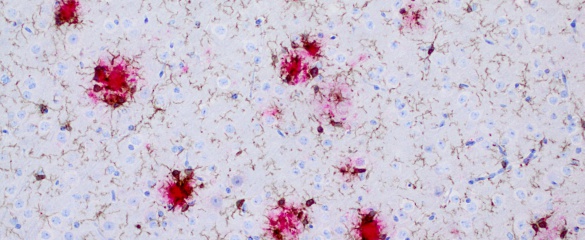
Microscopic Particles Offer Glimmer Of Hope For Alzheimer S Horizon The Eu Research Innovation Magazine European Commission
1 Plaques And Tangles In Alzheimer S Disease Extracellular Senile Download Scientific Diagram
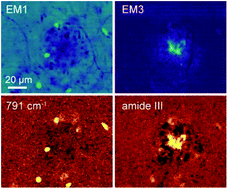
A Fingerprint Of Amyloid Plaques In A Bitransgenic Animal Model Of Alzheimer S Disease Obtained By Statistical Unmixing Analysis Of Hyperspectral Raman Data Analyst Rsc Publishing
Plaques Alzheimer のギャラリー

Inner Workings A Pulse Of Hope In The Fight Against Alzheimer S Pnas
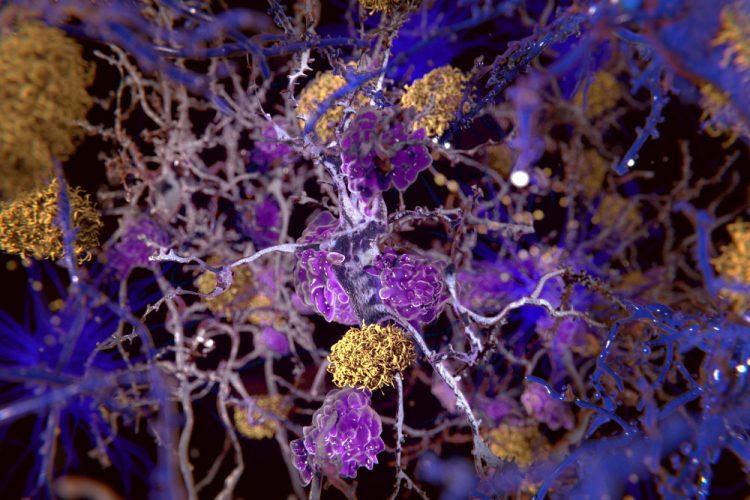
Depleting Bace1 Reverse The Formation Of Amyloid Plaques In Alzheimer S

Glimmers Of Hope Before An Alzheimer S Epidemic Nova Pbs

Drug That Stops Brain Plaques May Show If They Cause Alzheimer S New Scientist

Amyloid Plaques Pink And Neurofibrillary Tangles Black In Download Scientific Diagram

Omega 3 And Vitamin D May Help Clear Alzheimer S Plaques

Alzheimer S Disease Neuropathology A Senile Plaque Download Scientific Diagram
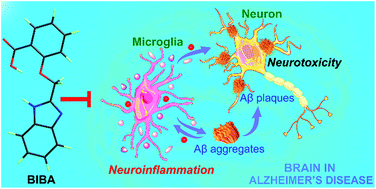
Alleviation Of Symptoms Of Alzheimer S Disease By Diminishing Ab Neurotoxicity And Neuroinflammation Chemical Science Rsc Publishing
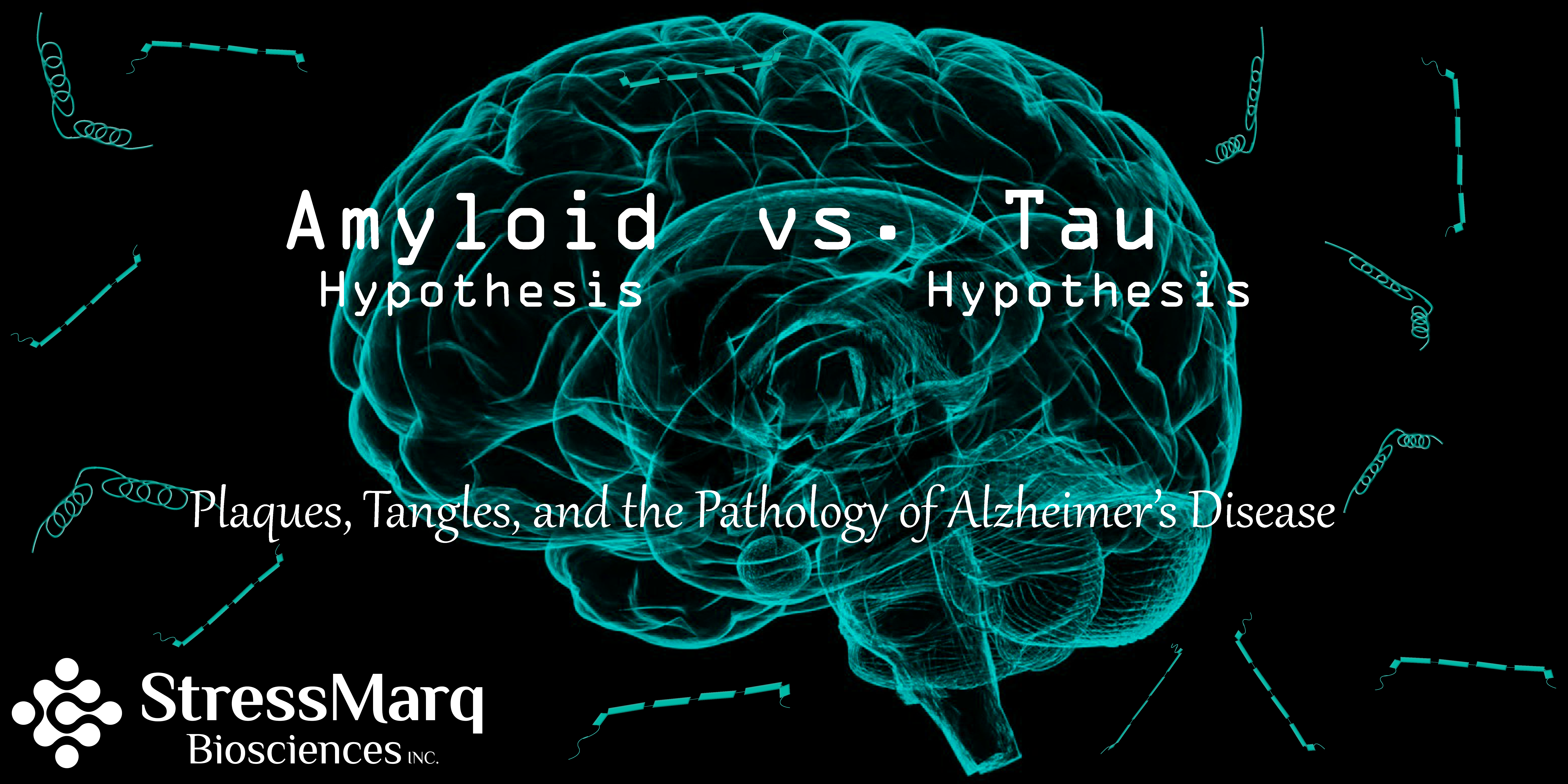
Amyloid Hypothesis Vs Tau Hypothesis Stressmarq

Alzheimer Plaques Fast Visualization In Thick Sections Learn Share Leica Microsystems

Do Amyloid Plaques In Alzheimer S Always Come First Medpage Today
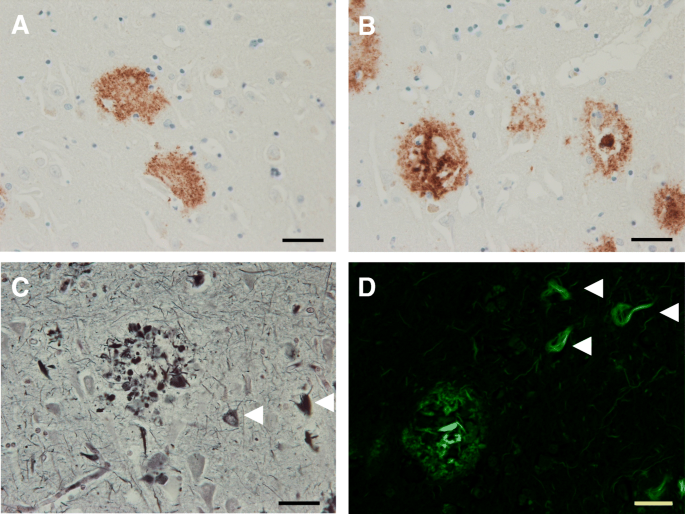
The Neuropathological Diagnosis Of Alzheimer S Disease Molecular Neurodegeneration Full Text
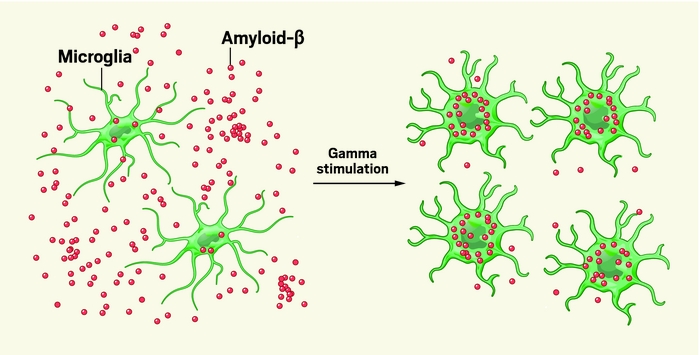
Brain Waves Clear Alzheimer S Plaques

Designer Antibodies Block Alzheimer S Plaque From Forming Fiercebiotech
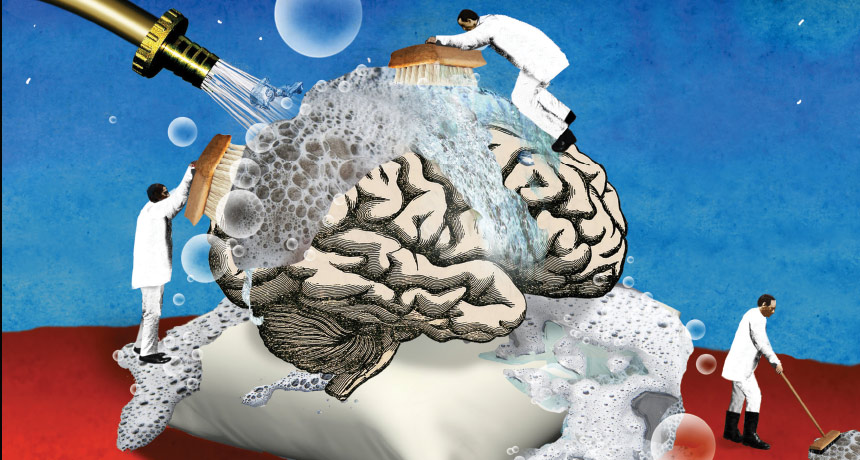
The Brain May Clean Out Alzheimer S Plaques During Sleep Science News
Q Tbn And9gcsttt5rtxv5qsq3agpbxime7wtcx8kwymvsebpc6l128jp9c1rw Usqp Cau

In Alzheimer S New Protein Is Seen At Heart Of Plaque Formation

An Alzheimer S Diagnosis Before Any Symptoms Wsj

Alzheimer S Disease Sciencedirect

Brain S Ability To Dispose Of Key Alzheimer S Protein Drops Dramatically With Age The Source Washington University In St Louis

Forms Of Alzheimer S May Display Unique Plaque Structures The Scientist Magazine
Hallmarks Of Alzheimer S Disease Parenchymal Amyloid Plaques And Download Scientific Diagram
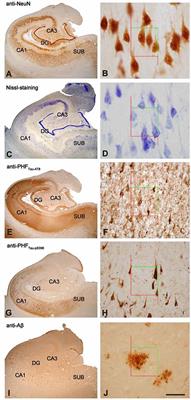
Frontiers Subregional Density Of Neurons Neurofibrillary Tangles And Amyloid Plaques In The Hippocampus Of Patients With Alzheimer S Disease Frontiers In Neuroanatomy

Biomarker Of Alzheimer S Found To Be Regulated By Sleep Cycles

New Hope For Alzheimer S Harvard Health
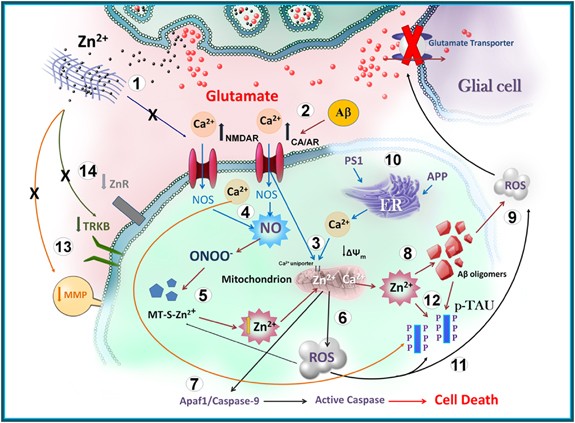
New Therapeutic Targets In Alzheimer S Disease Brain Deregulation Of Calcium And Zinc Cell Death Disease
3
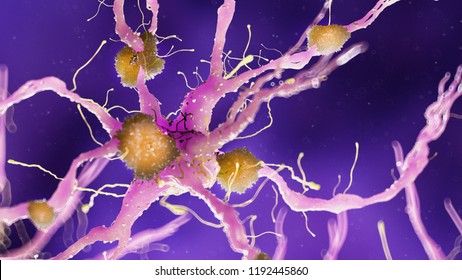
Amyloid Plaques Images Stock Photos Vectors Shutterstock

Alzheimer S Pathway Signaling Pathways Biorbyt
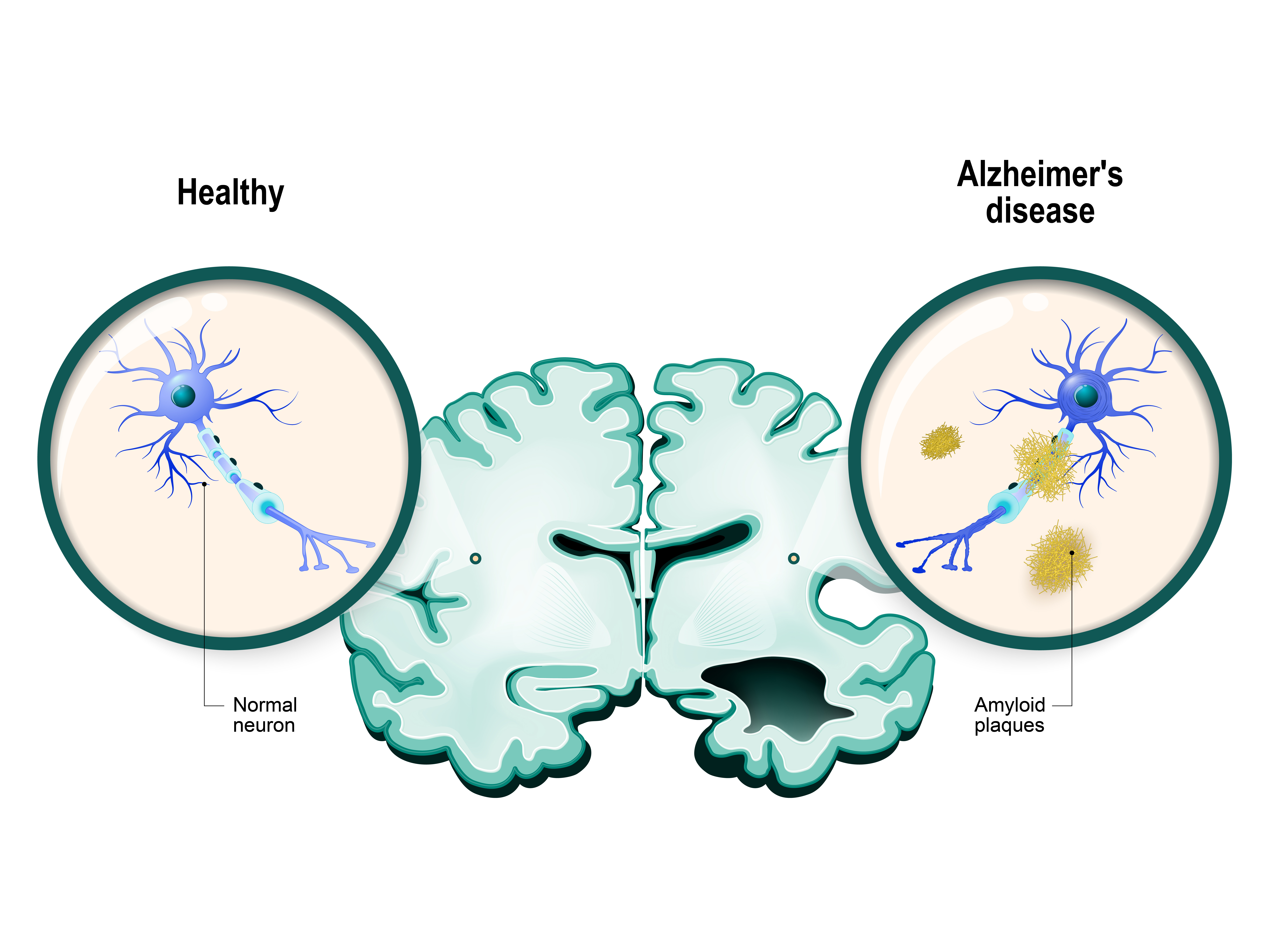
Alzheimer Plaque Affects Different Brain Cells Differently Research Development World
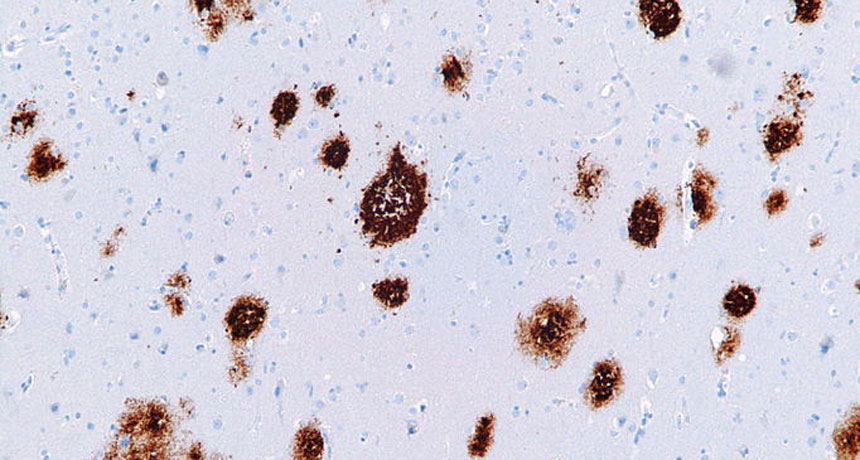
Antibiotics Might Fight Alzheimer S Plaques Science News

Amyloid Plaques In Alzheimer S Disease Illustration Stock Image F031 0859 Science Photo Library

Alzheimer S Drug Ban2401 Could Potentially Prevent Amyloid Accumulation

Hope In The Fight Against Alzheimer S A New Drug Focuses On Prevention Of The Disease

Gene Variation Linked To Earlier Onset Of Alzheimer S Symptoms Eurekalert Science News

The Evolution Of Plaques In Alzheimer S Disease Diffuse Plaques Also Download Scientific Diagram

Closing In On Alzheimer S Disease Infographic Pharmaceutical Journal
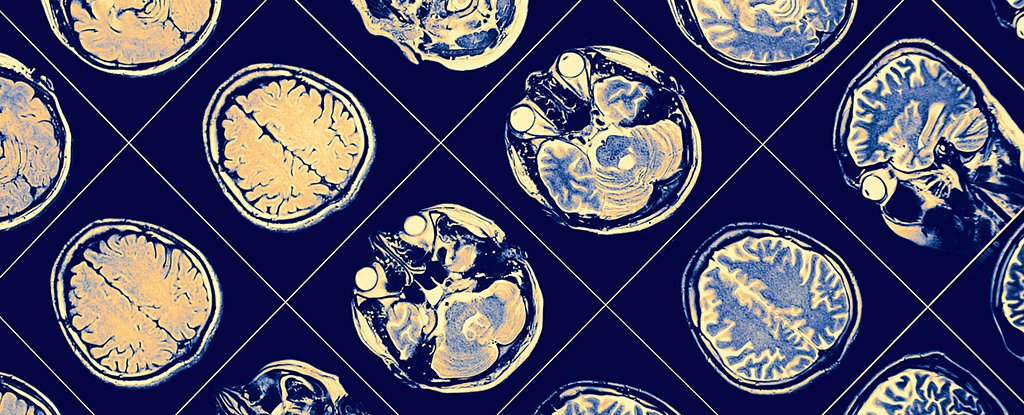
Some People Seem To Be Immune To Damaging Alzheimer Plaques In The Brain And Now We Might Know Why

Senile Plaques An Overview Sciencedirect Topics

New Compound Combats The Metal Ions And Plaques Linked To Alzheimer S

Amyloid Plaques In Alzheimer S Disease Illustration Stock Image F031 0860 Science Photo Library
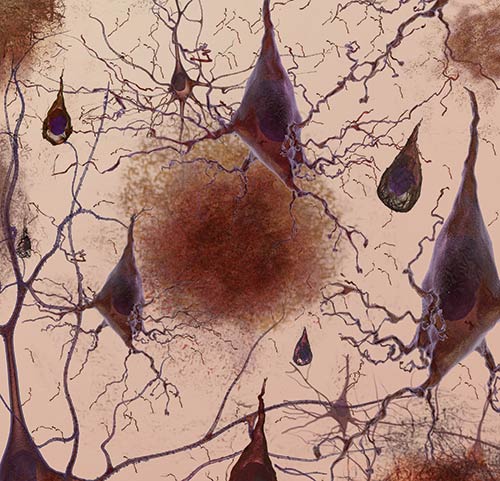
Plaques Tangles Form On Cue In 3d Alzheimer S Model
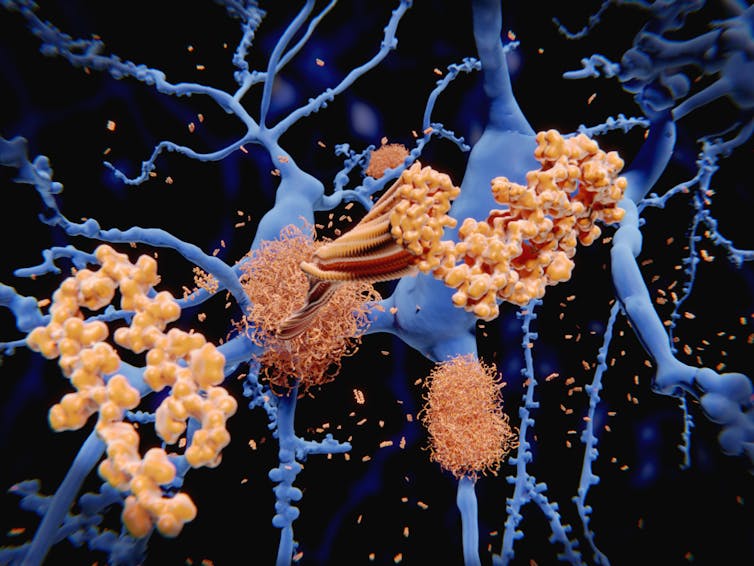
Alzheimer S Disease Have We Got The Cause All Wrong
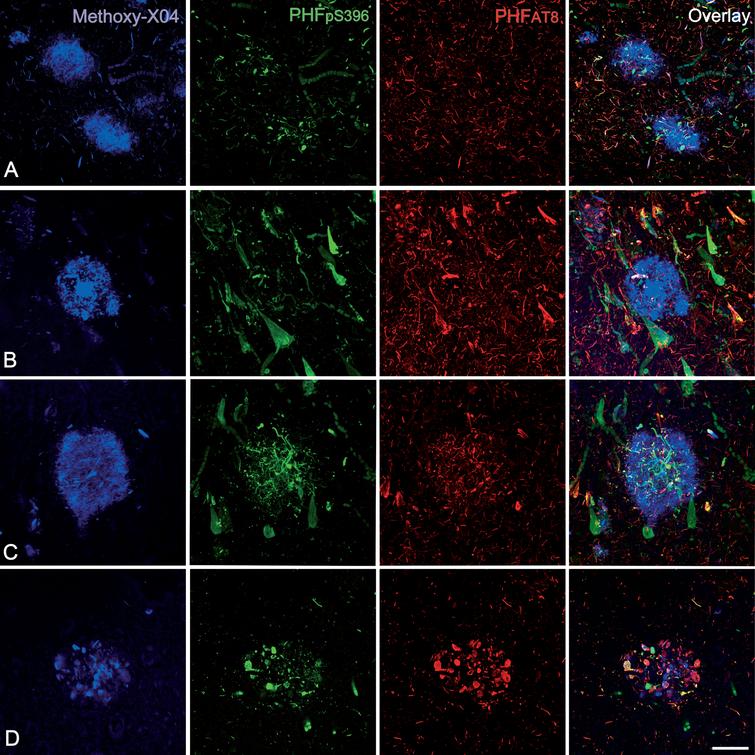
A Study Of Amyloid B And Phosphotau In Plaques And Neurons In The Hippocampus Of Alzheimer S Disease Patients Ios Press
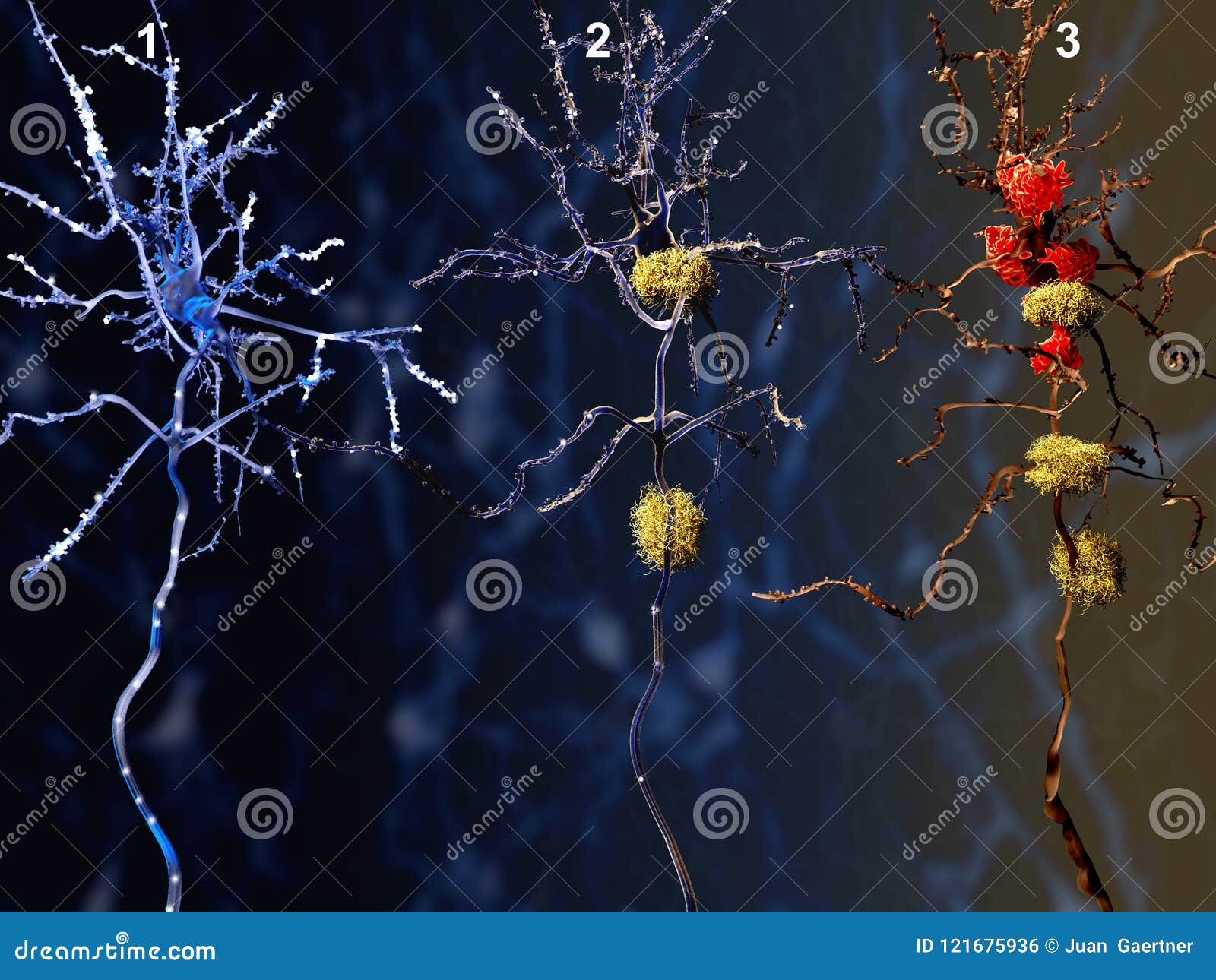
3 Phases Of The Alzheimer Disease Stock Illustration Illustration Of Alzheimers Cytological
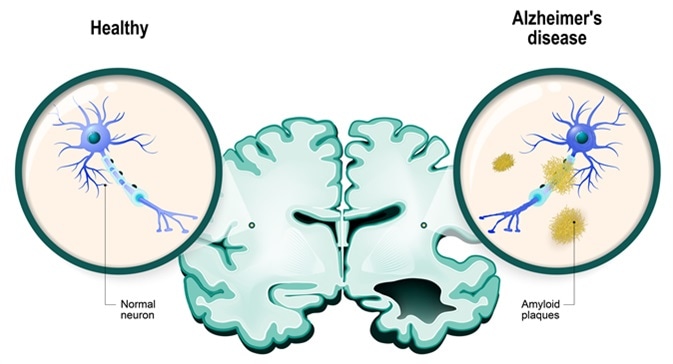
Is Alzheimer S Disease Transmissible
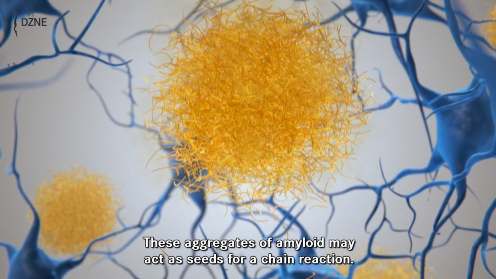
Method Discovered To Remove Damaging Amyloid Plaques Found In Alzheimer S Disease Kurzweil

A Unifying Hypothesis For Alzheimer S Disease From Plaques To Neurodegeneration Trends In Neurosciences

How Brain Plaque Affects Your Memory Fisher Center For Alzheimer S Research Foundation
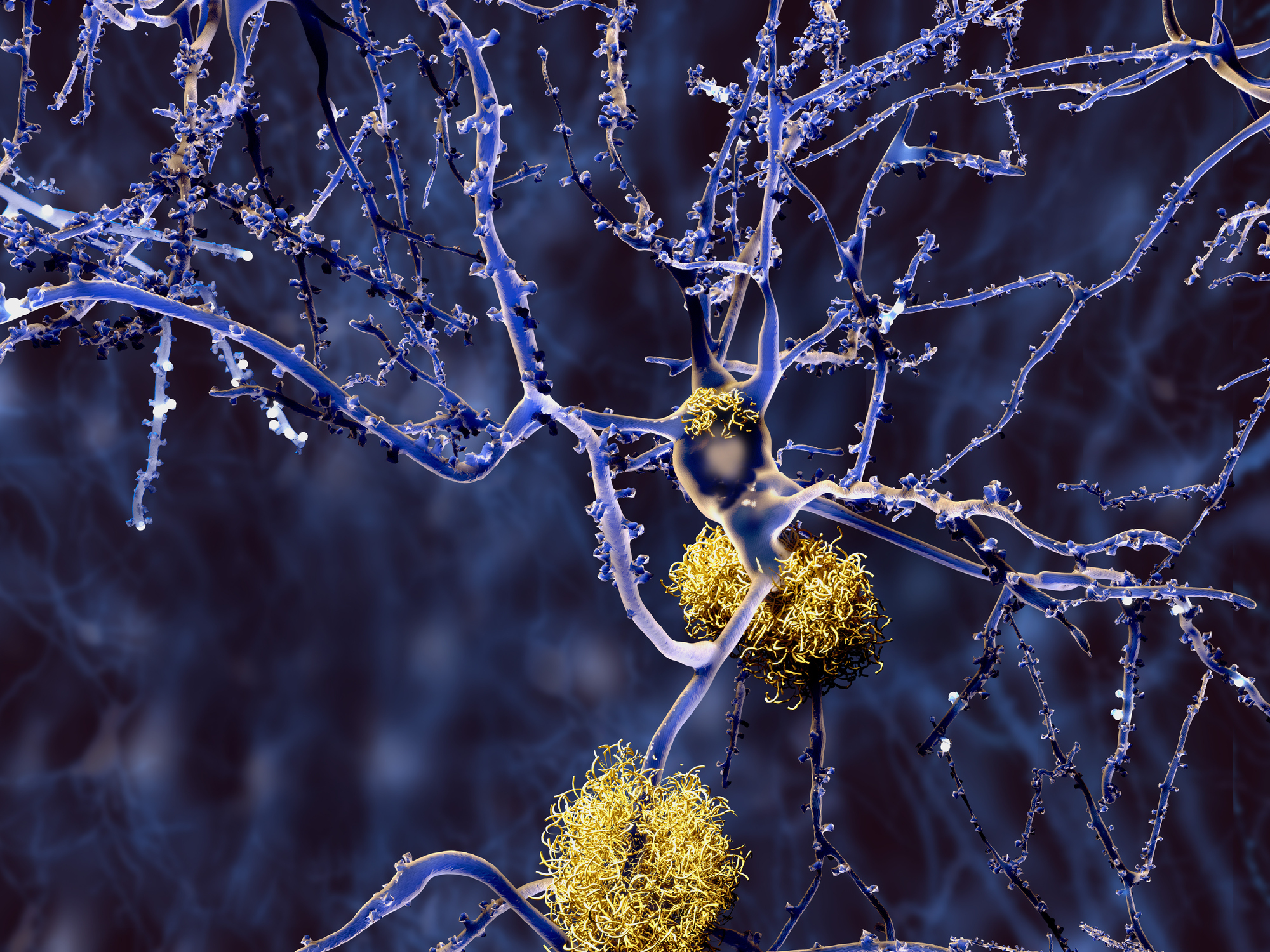
Researchers Uncover Potential Target Approach For Alzheimer S Disease

Alzheimer S Disease Asceneuron
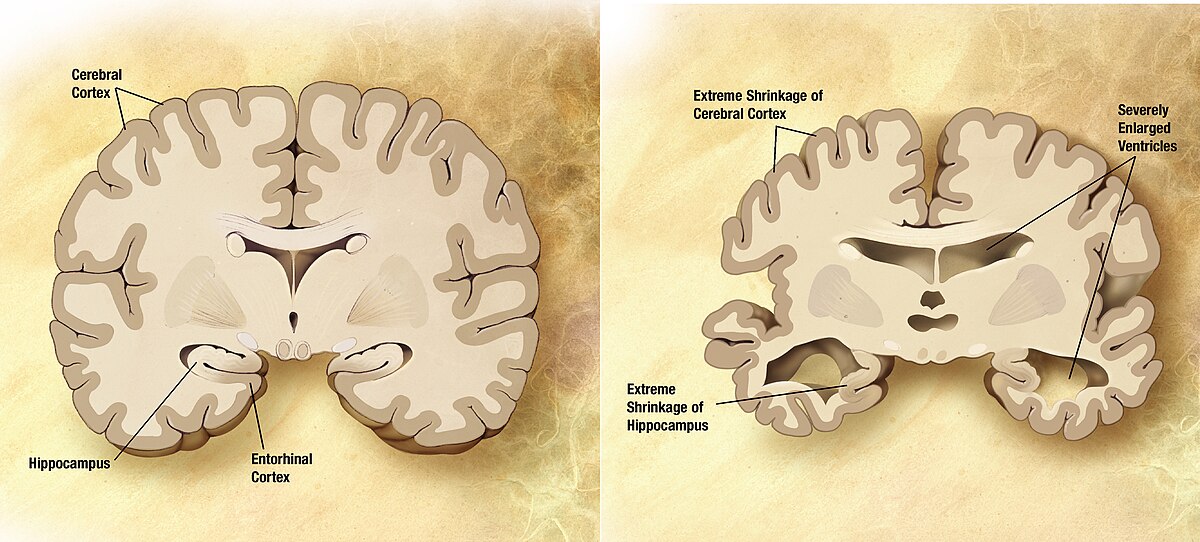
Alzheimer S Disease Wikipedia
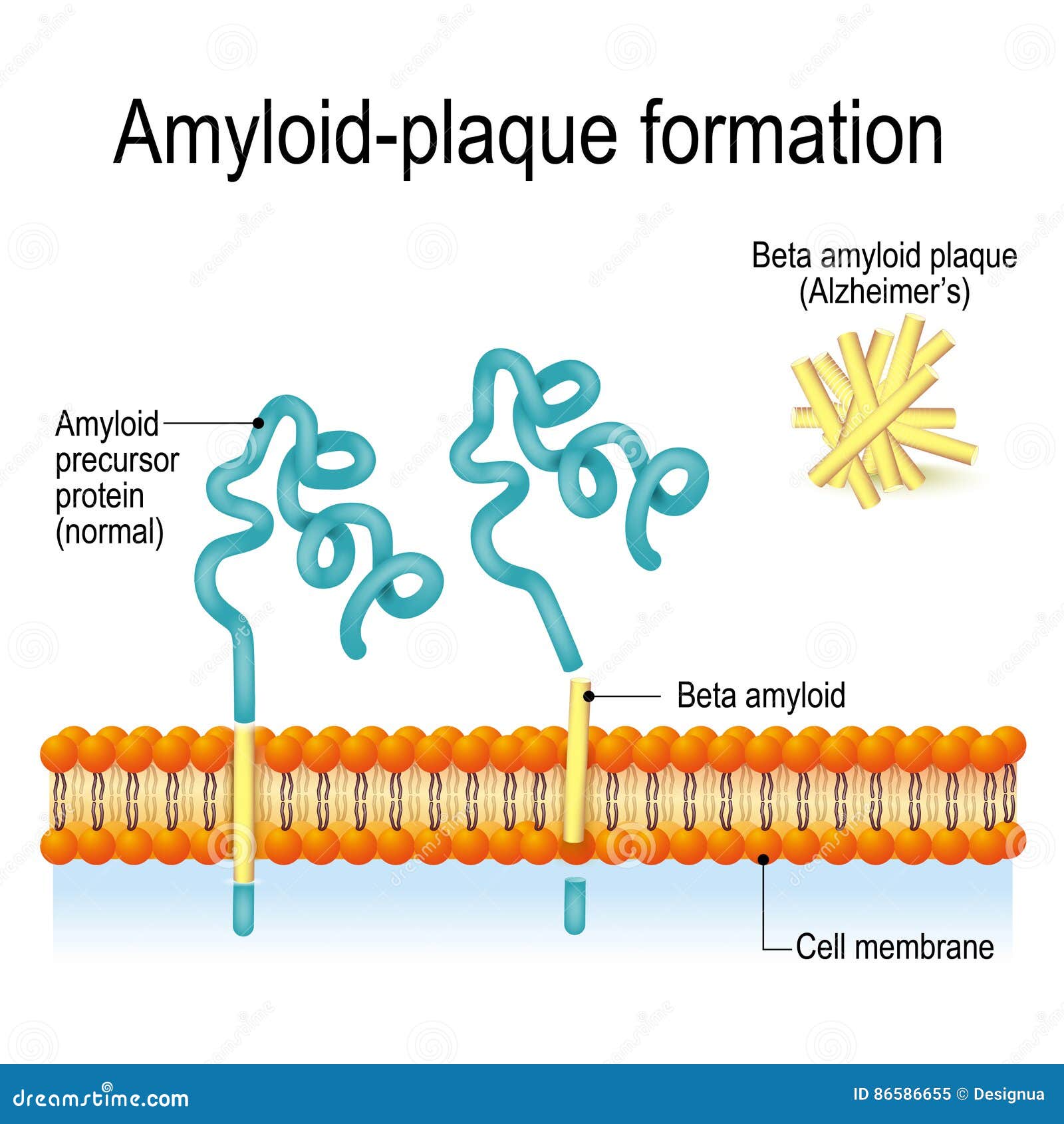
Amyloid Plaque Stock Illustrations 91 Amyloid Plaque Stock Illustrations Vectors Clipart Dreamstime

Amyloid Plaques Wikipedia
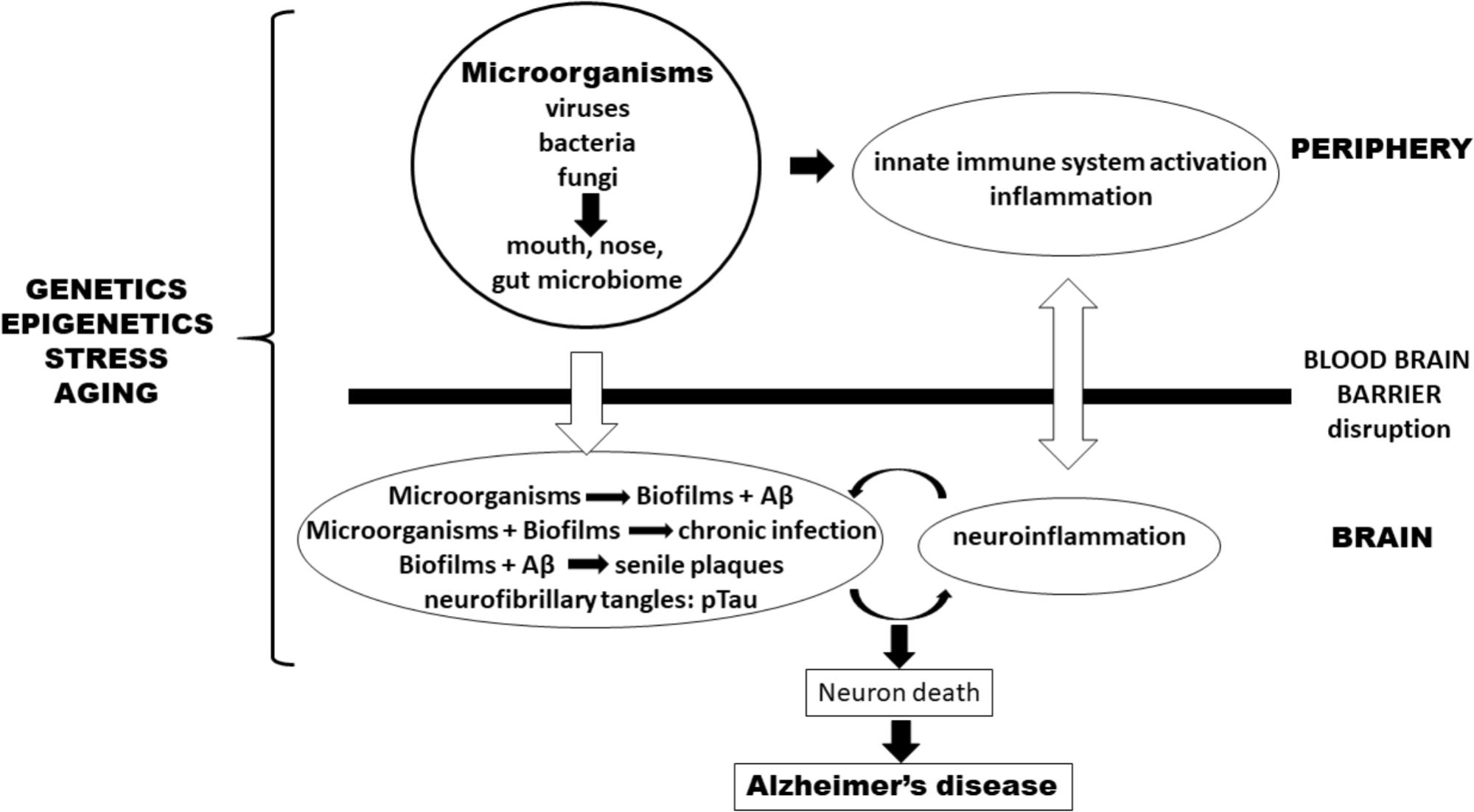
Frontiers Can An Infection Hypothesis Explain The Beta Amyloid Hypothesis Of Alzheimer S Disease Frontiers In Aging Neuroscience

A Critical Appraisal Of Amyloid B Targeting Therapies For Alzheimer Disease Nature Reviews Neurology X Mol
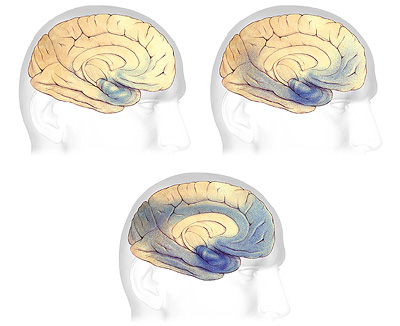
What Is Alzheimer S Disease Symptoms Causes Alz Org
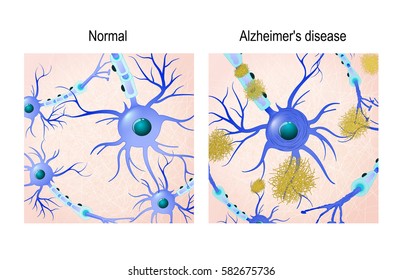
Amyloid Plaques Images Stock Photos Vectors Shutterstock

Disrupting Protein Interaction May Slow Alzheimer S Progression

Compound Designed To Fight Alzheimer S Disease Shows Promise In The Lab Novartis

New Understanding Of Cause Of Alzheimer S Symptoms Neuroscience News
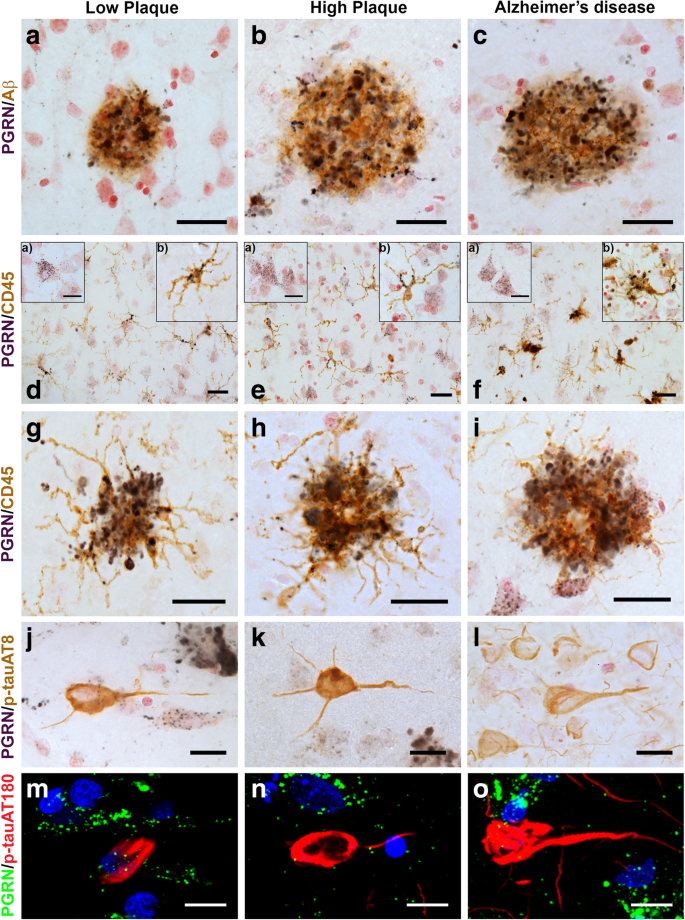
Characterization Of Lysosomal Proteins Progranulin And Prosaposin And Their Interactions In Alzheimer S Disease And Aged Brains Increased Levels Correlate With Neuropathology Acta Neuropathologica Communications Full Text
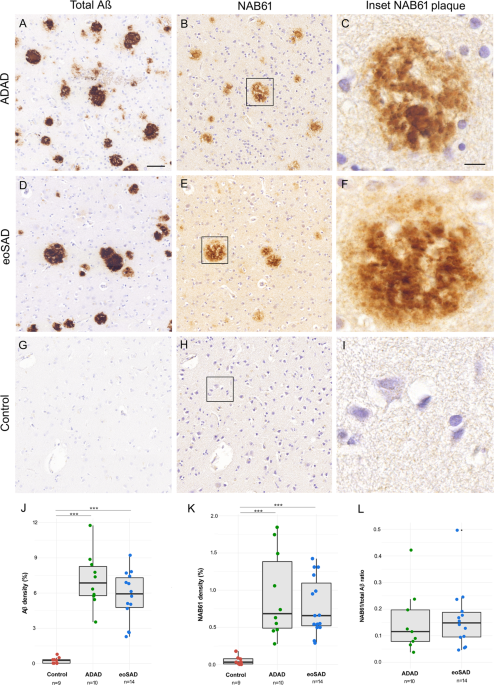
Nanoscale Structure Of Amyloid B Plaques In Alzheimer S Disease Scientific Reports

Ion Chromatography Used In Ginseng And Alzheimer S Disease Research
Q Tbn And9gcrg5wa97bs0x9umlnwzyqjmhmghdcbdgi5egbq Wgkt3byl1spt Usqp Cau

What Happens To The Brain In Alzheimer S Disease National Institute On Aging
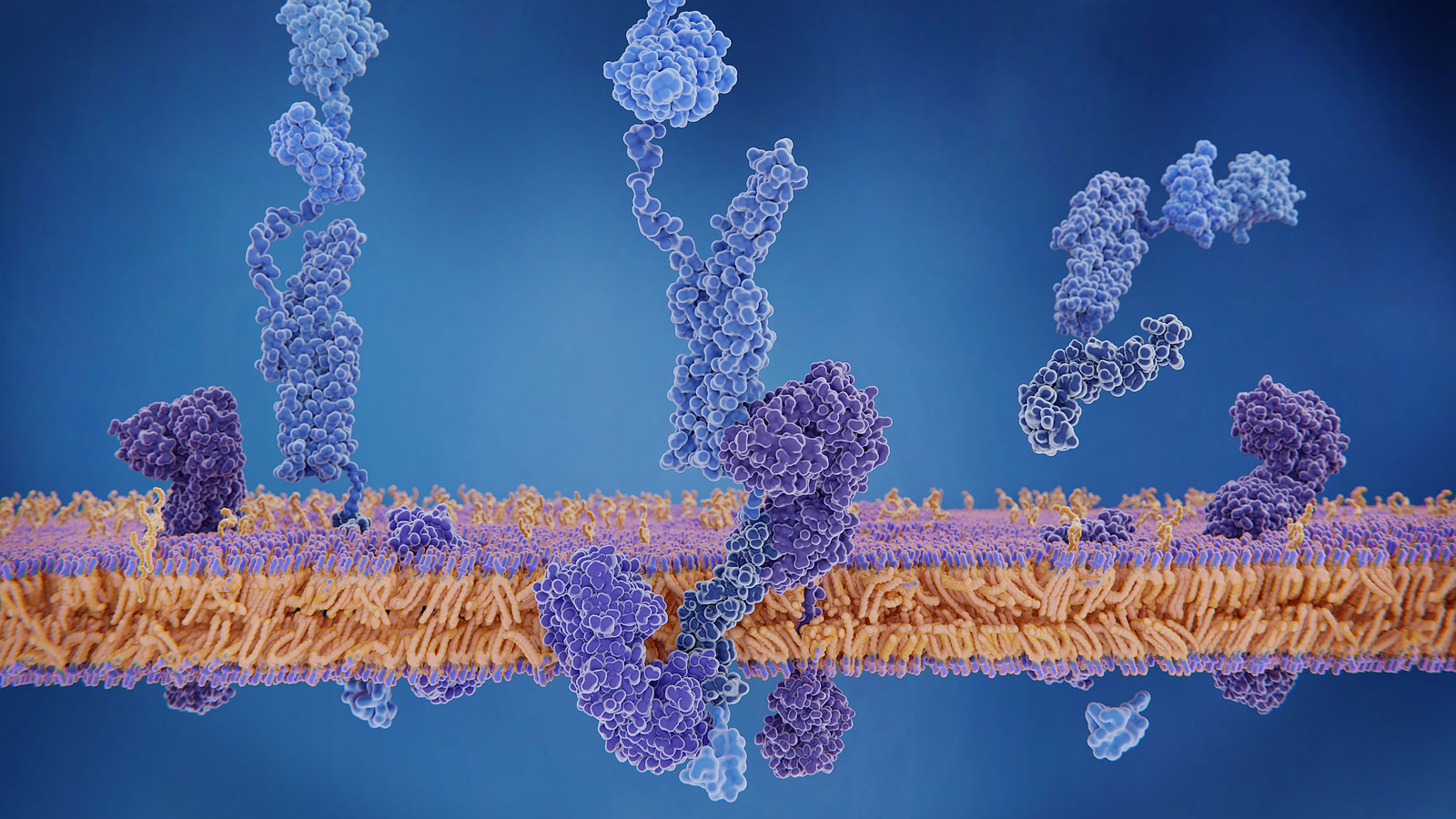
Moving Beyond Amyloid To Treat Alzheimer S Disease

Machine Learning Method Enables Quick Analysis Of Amyloid Plaques National Institute On Aging
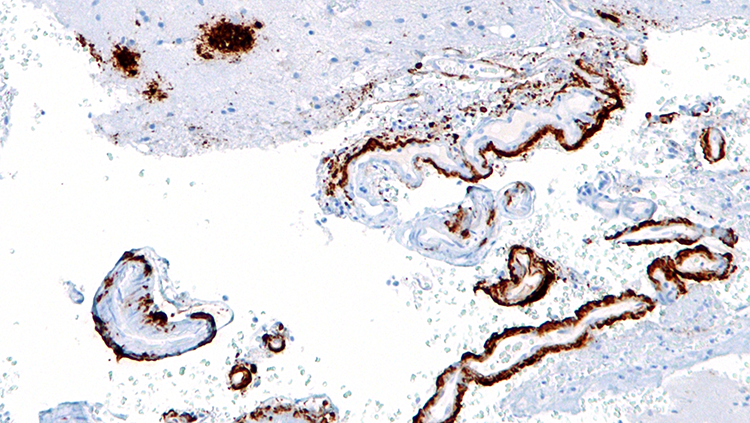
Plaques Proteins And The Causes Of Alzheimer S Disease

6 Startups Searching For A Cure For Alzheimer S Nanalyze

The Molecular Basis Of Alzheimer S Plaques Science

Copper Iron And Zinc In Alzheimer S Disease Senile Plaques Journal Of The Neurological Sciences
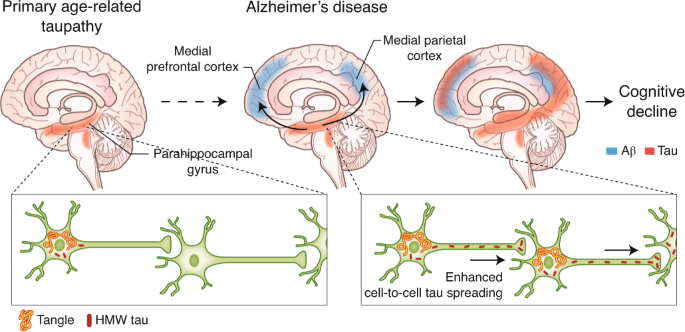
Synergy Between Amyloid B And Tau In Alzheimer S Disease Nature Neuroscience
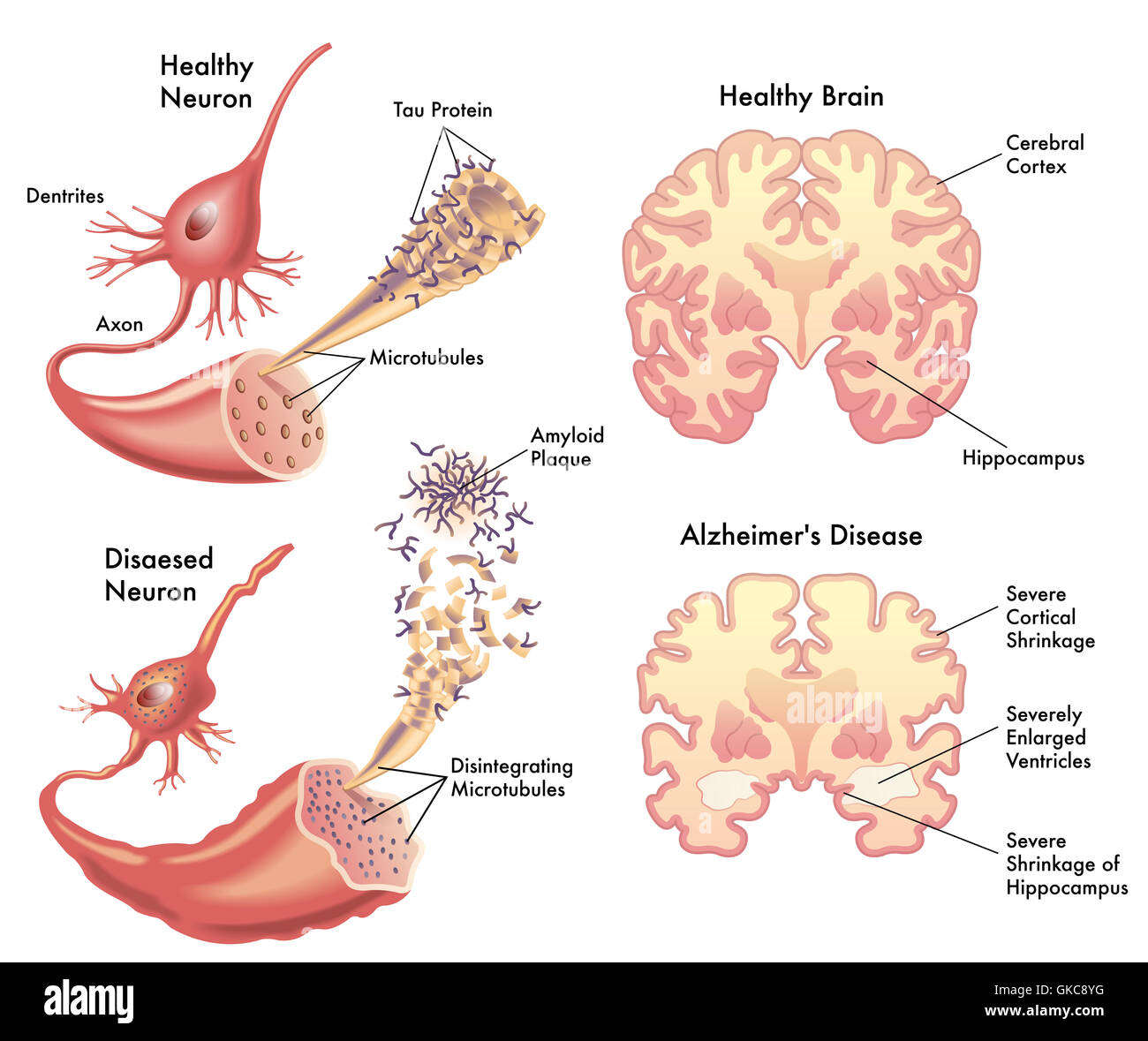
Senile Plaques High Resolution Stock Photography And Images Alamy
Www Alzheimer Europe Org Content Download File P2 5 georgette camilleri Pdf

Three Dimensional Study Of Alzheimer S Disease Hallmarks Using The Idisco Clearing Method Sciencedirect

Nanoscope Shows Amyloid Plaques Of Alzheimer S In High Resolution Research At Purdue

Neurocognitive Disorders Lifespan Development
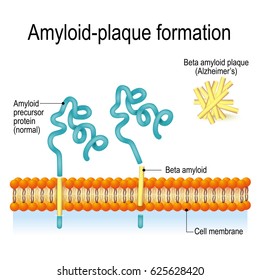
I Iqckhwp4d8 M

Amyloid Plaques Wikipedia
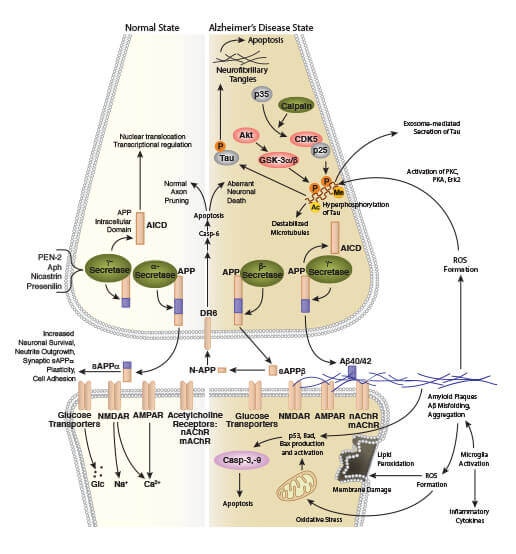
Amyloid Beta Protein Cell Signaling Technology

It S Time To Take A New Tack For Treating Alzheimer S Stat

Figure 1 From Alzheimer S Disease And Amyloid Culprit Or Coincidence Semantic Scholar

Amyloid Plaque And Neurofibrillary Tangle Formation In Alzheimer S Disease Cell Signaling Technology
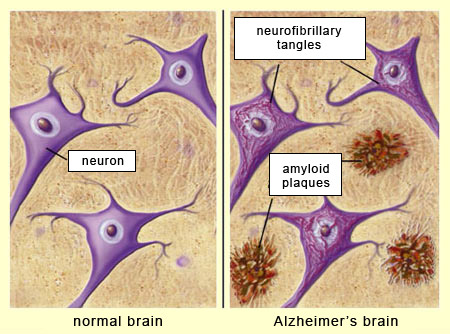
Dementia
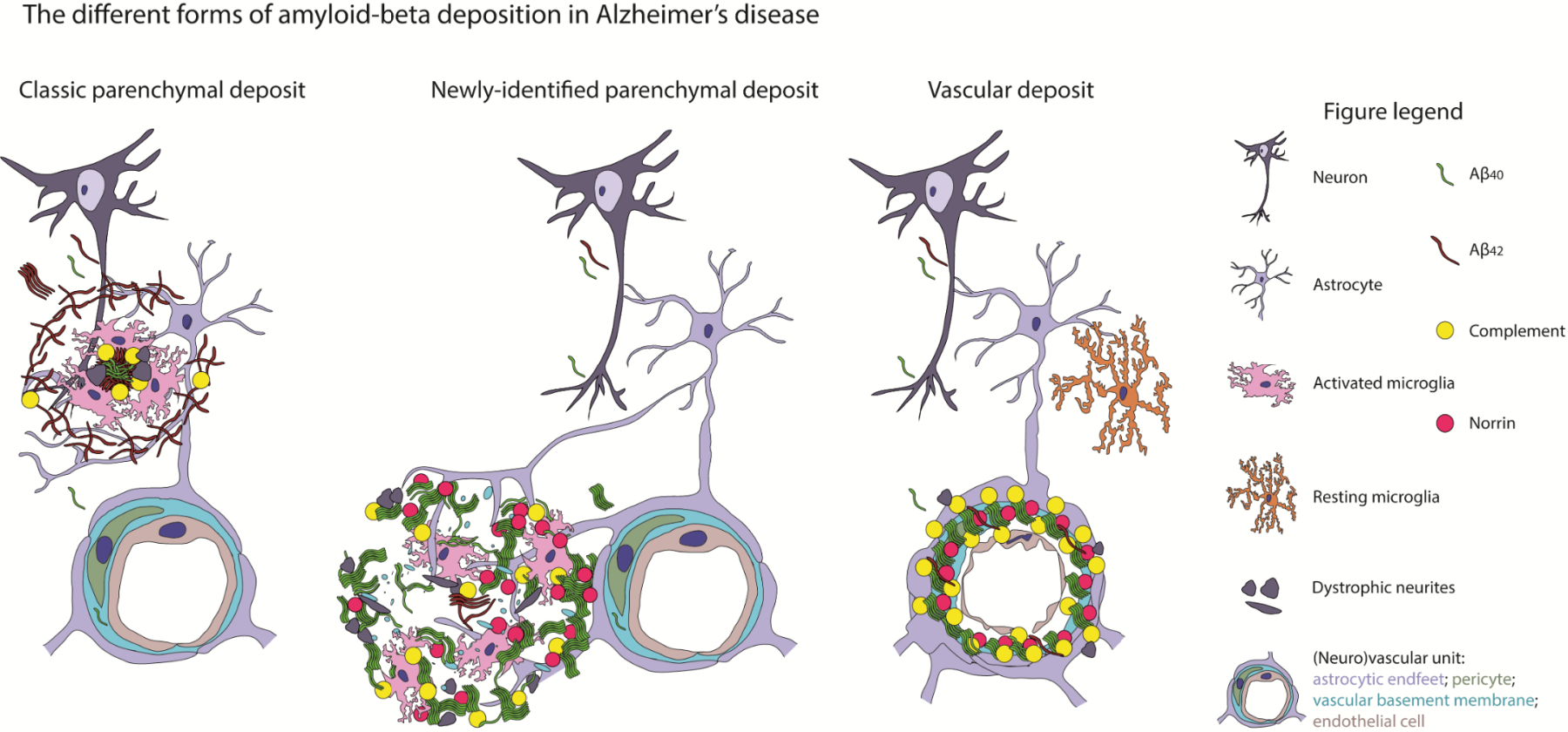
Newly Found Alzheimer S Plaque Type Linked To Early Onset Disease The Scientist Magazine
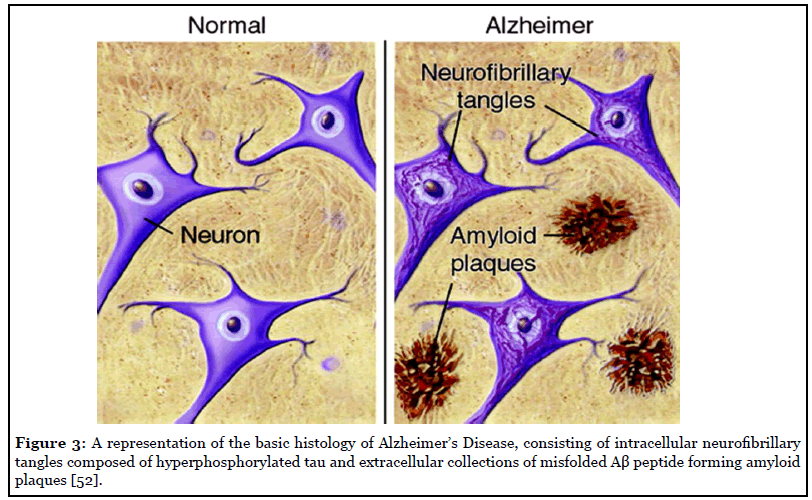
Welcome To Scientific Archives Alzheimer S Disease A Brief Review
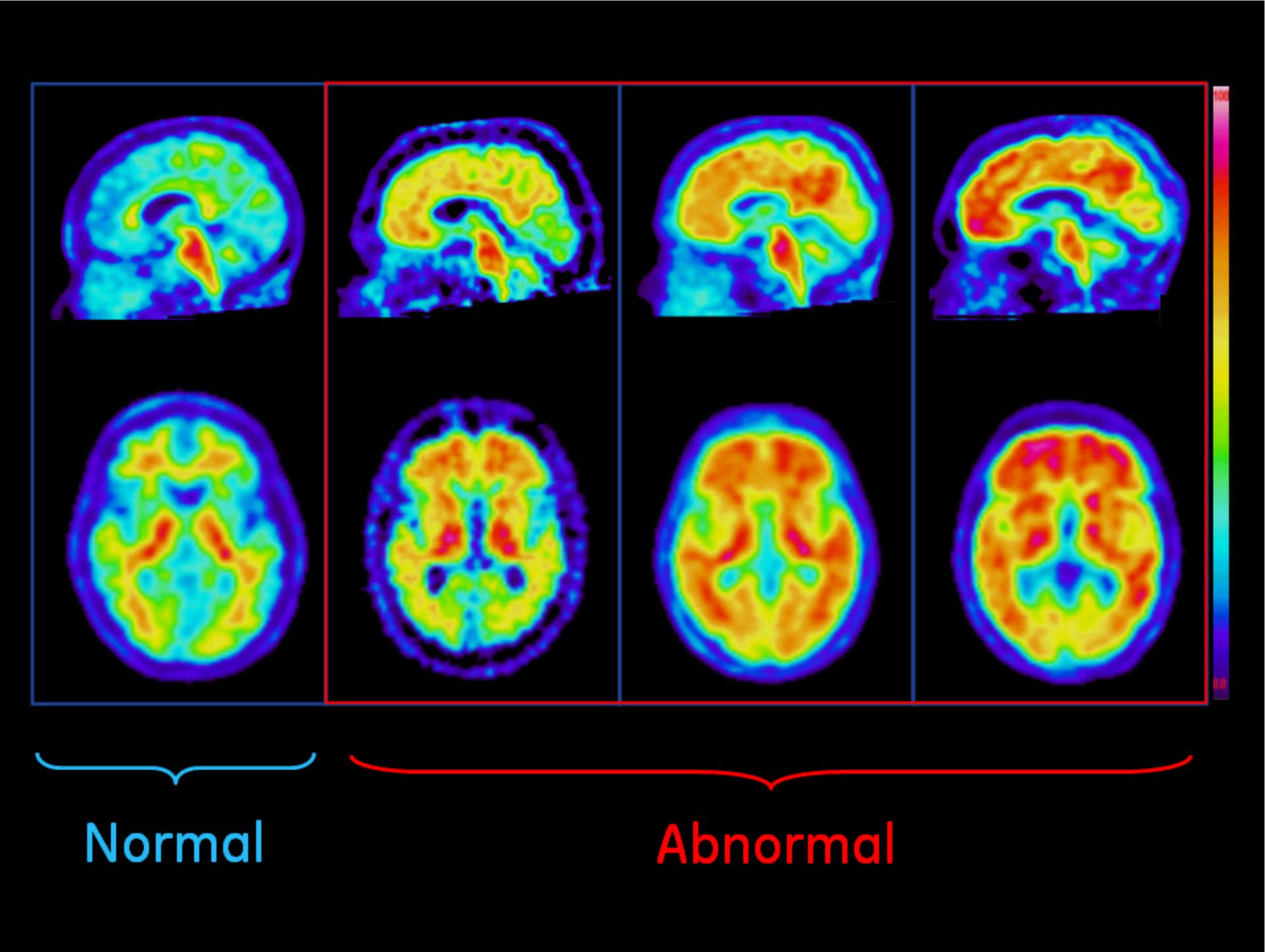
Plaques In Brain Scans Forecast Cognitive Impairment Imaging Technology News
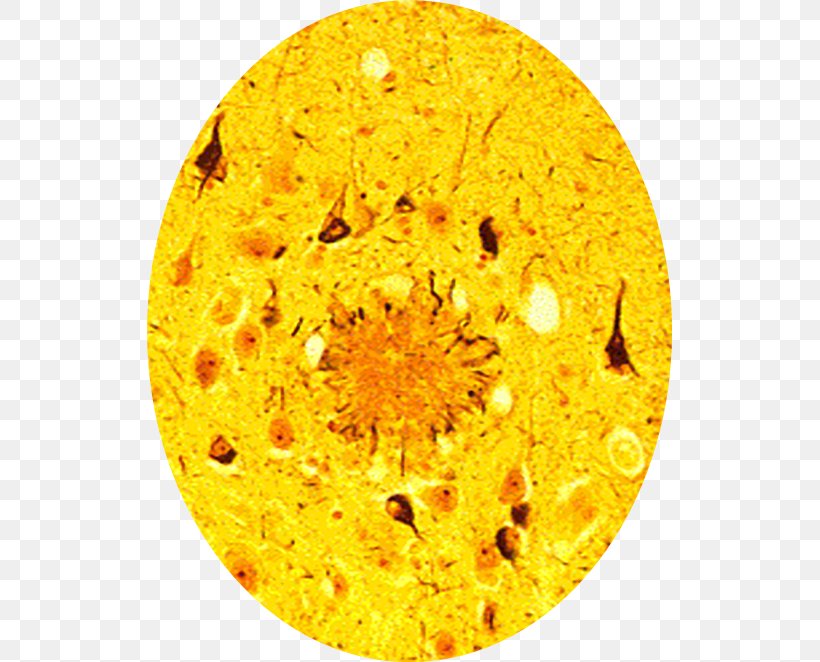
Alzheimer S Disease Senile Plaques Neurofibrillary Tangle Dementia Alzheimer S Association Png 525x662px Senile Plaques Aids Amyloid Amyloid
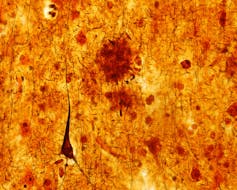
How The Brain Changes In Alzheimer S Disease A New View
Q Tbn And9gcru14lcwnkuinnpox8cchdtyrtqvdolrkecu2y3said7q14d8i1 Usqp Cau

More To Alzheimer S Disease Than Just Amyloid Plaques
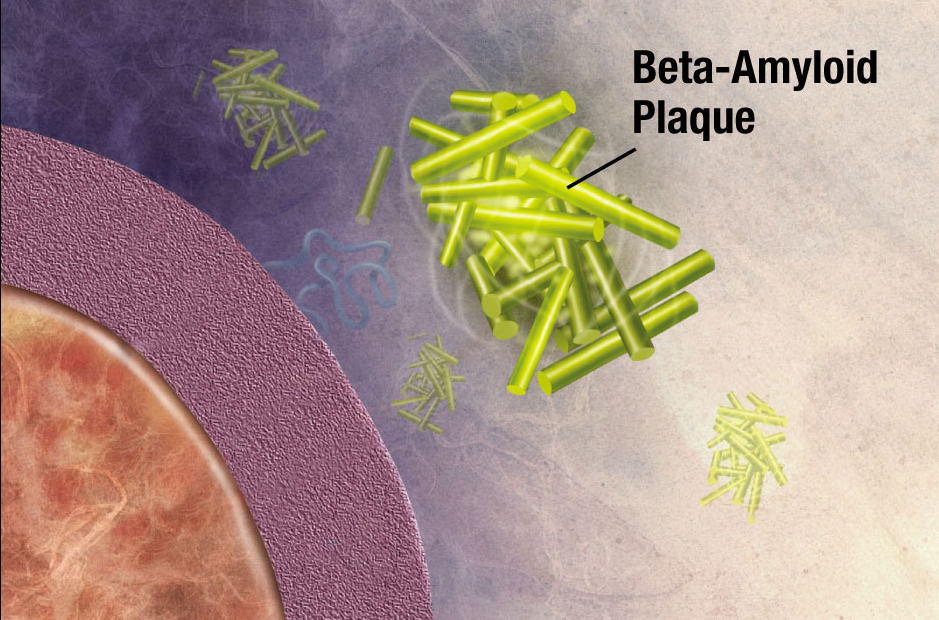
Method Discovered To Remove Damaging Amyloid Plaques Found In Alzheimer S Disease Kurzweil

Neurofibrillary Tangles And Amyloid Plaques In Alzheimer S Disease Download Scientific Diagram

Major Pathological Hallmarks Of Ad Are Amyloid Plaques And Download Scientific Diagram

Anti Alzheimer S Antibody Breaks Down Protein Plaques In Mice Technology Networks

Cns Pathology
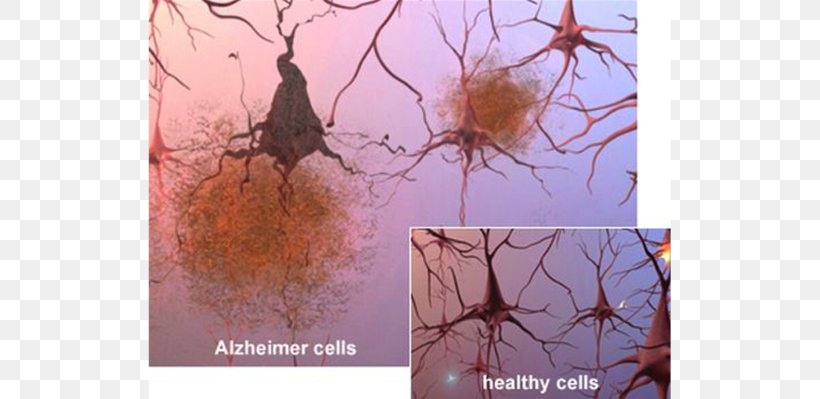
Alzheimer S Disease Alzheimer S Association Brain Amyloid Beta Senile Plaques Png 725x399px Brain Amyloid Amyloid Beta Brain

Alzheimer S Treatments Could Go Acoustic
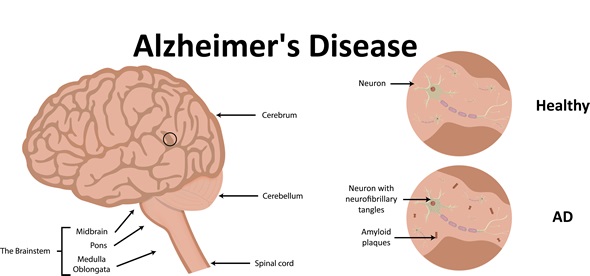
Alzheimer S Tangles And Plaques What S The Difference

Cerebral Blood Flow Decrease As An Early Pathological Mechanism In Alzheimer S Disease Springerlink



